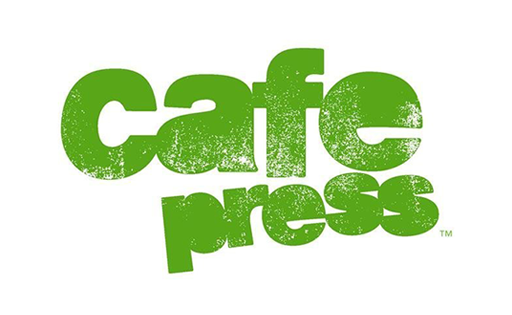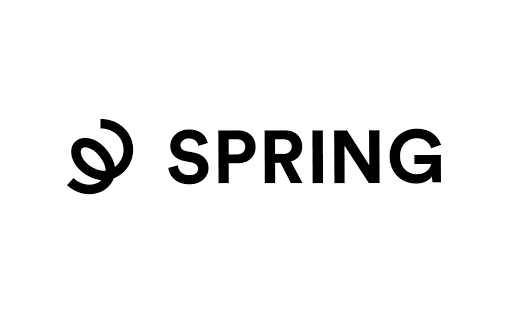In the hushed halls of a dimly lit gallery, a collection of broken portraits stands as a haunting testament to the intricate dance between victim and perpetrator. These fragmented masterpieces not only depict the fragility of human relationships but also offer a profound glimpse into the depths of cultural complexities. Through the lens of art, the observer is invited to embark on a journey that unravels the tangled threads of power, suffering, and empathy.
The broken paintings on display serve as a powerful allegory for the intricate web of emotions that bind victims and perpetrators together. Within each canvas, shattered brushstrokes evoke a visceral sense of disruption, mirroring the chaotic aftermath of transgression. The viewer is compelled to confront the consequences of actions, casting a spotlight on the ripple effect that reaches beyond the immediate encounter.
From a cultural perspective, these fragmented artworks reflect the nuanced ways societies grapple with the dichotomy of victimhood and perpetration. The strokes of the brush give life to narratives deeply entrenched in history, illustrating the cyclical nature of power struggles. As one gazes upon the fractured canvases, echoes of past injustices reverberate, inviting introspection into the collective responsibility of preserving the threads of empathy.
One can discern the delicate dance between victim and perpetrator through the symbolism embedded within each piece. The fractured visages are a poignant reminder that both roles are not absolute, but rather fluid states shaped by circumstances and societal constructs. The observer is challenged to confront their own biases and assumptions, recognizing that the lines between the two are often blurred and intertwined.
The broken portraits also beckon us to explore the concept of healing and reconciliation. Like shattered glass meticulously reassembled, the process of acknowledging wrongdoing and seeking redemption is both arduous and transformative. Through the prism of art, we are reminded that the restoration of trust and the mendacity of relationships are multifaceted journeys that require time, understanding, and a willingness to confront the past.
As the observer stands before these fragmented artworks, they are offered an opportunity to bridge the gap between victim and perpetrator, transcending the confines of their own experiences. The broken portraits serve as a bridge between cultures, inviting us to engage in a dialogue that transcends borders and languages. In doing so, we pave the way for empathy to flourish, and for the cycle of victimhood and perpetration to be disrupted.
Amidst the somber ambiance of the gallery, the broken portraits whisper a call to action, urging us to bridge the chasm between victim and perpetrator. The fractured lines and fragmented faces beseech us to step beyond the confines of passive observation and become active participants in the transformation of our societies.
From a cultural standpoint, these shattered artworks remind us that the stories of victim and perpetrator are not isolated incidents but are deeply enmeshed within the fabric of our shared history. They urge us to peel back the layers of collective memory and acknowledge the interconnectedness of human experiences across time and space. By doing so, we gain a deeper appreciation for the intricate nuances that shape the dynamics between the two roles.
The broken paintings challenge us to confront the uncomfortable reality that victims and perpetrators often share a common humanity. The faces that gaze back at us from the fractured canvases are not mere caricatures of suffering or villainy; they represent the complex interplay of circumstances, motivations, and societal pressures. In recognizing this complexity, we begin to unravel the threads of prejudice and judgment that may cloud our perception.
As we stand before these shattered portraits, we are invited to engage in a dialogue that transcends our preconceived notions and cultural biases. The stories behind each fractured visage are not confined to a single narrative; they are open to interpretation and reinterpretation. In this space of ambiguity, we find the opportunity to foster conversations that challenge our assumptions and broaden our understanding of the human experience.
Furthermore, "Broken Portraits" serves as a poignant reminder that the process of healing and reconciliation extends beyond the gallery walls. It is a reflection of the broader societal imperative to acknowledge the wounds of the past, and in doing so, to pave the way for a more just and equitable future. By engaging with these shattered masterpieces, we take a step towards rewriting the narratives that have perpetuated cycles of victimhood and perpetration.
In a world often fragmented by divisions and discord, the broken portraits beckon us to reimagine our roles as observers and participants. They invite us to weave together the torn threads of empathy, understanding, and forgiveness. As we gaze upon these shattered canvases, we are challenged to become active agents of change, transcending the confines of art and culture to shape a world where the victim and perpetrator dynamic is replaced with one of mutual respect and shared humanity.
In the quiet contemplation of the gallery, one stands amidst the fragments of broken portraits, aware that within each shattered stroke lies a story, a lesson, and a challenge. These fractured artworks are not just testaments to the past but mirrors reflecting the present and guides illuminating the path forward.
As we turn away from the gallery, carrying with us the echoes of these broken portraits, may we remember that the victim and perpetrator dynamic is not set in stone, but a canvas that can be reimagined, reshaped, and repainted. The brushstrokes of empathy, understanding, and transformation are within our grasp. With every step we take, every conversation we initiate, and every act of compassion we extend, we contribute to mending the brokenness and forging a world where the portrait of humanity is one of unity, resilience, and hope.
In this intricate dance between victim and perpetrator, we find the potential for healing, growth, and the transcendence of cultural boundaries. The broken paintings are an invitation—an invitation to explore, to question, to connect, and ultimately, to transform. As we walk away from this gallery of shattered beauty, let us carry with us the profound realization that within the fragments, there lies the power to create something whole and beautiful once more.
In the end, "Broken Portraits" serves as a powerful cultural commentary on the dynamic between victim and perpetrator, reimagined through the prism of art. These shattered canvases invite us to confront uncomfortable truths, challenge societal norms, and embrace the healing potential of empathy. As we navigate the tapestry of human relationships, let us remember that it is through these broken fragments that we can begin to weave a new narrative—one that is rooted in understanding, compassion, and the resilience of the human spirit.



























